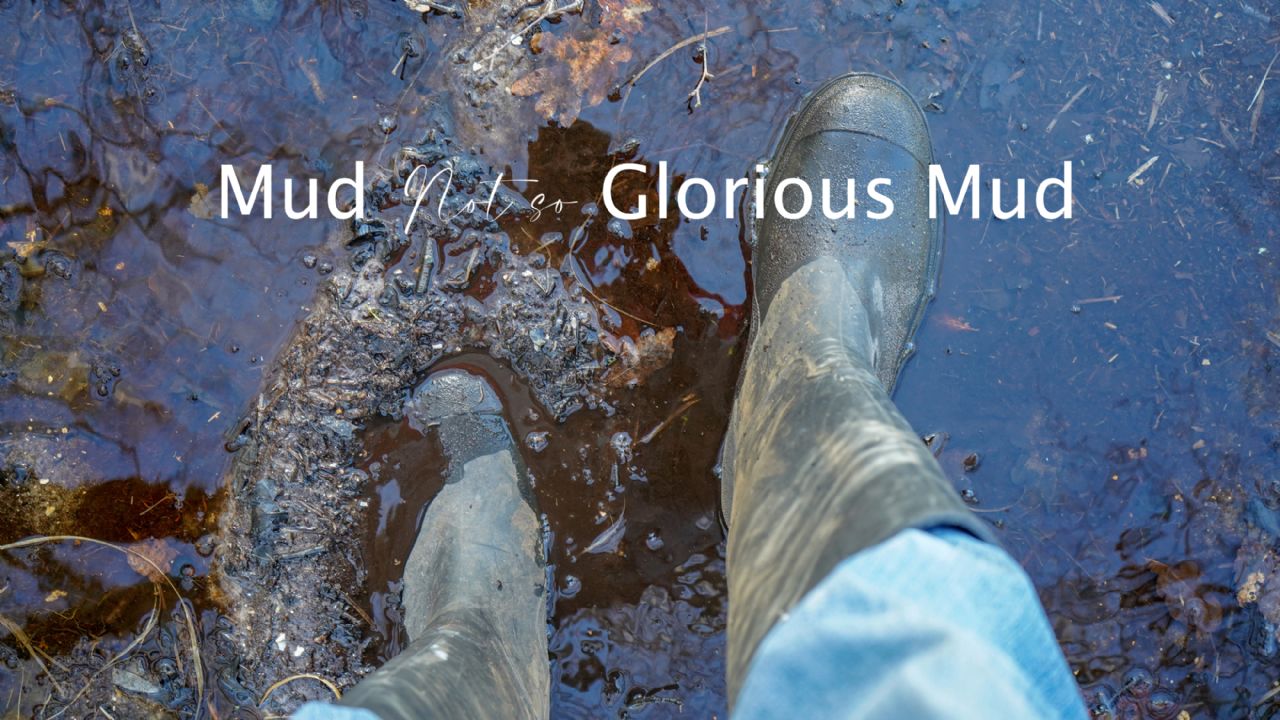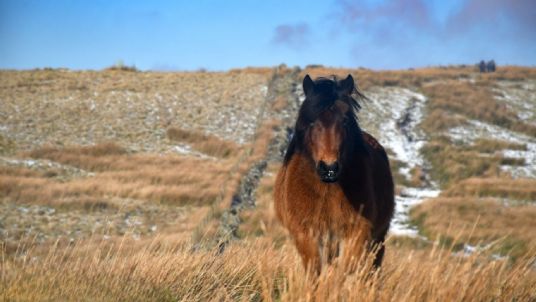Horse ownership and mud - they seem to go together in the winter don't they?
We’ve all suffered with mud, wet and floods recently and the pundits tell us this is the ways things will be now. It’s either too wet, or too dry, or too hot, or too windy or the 'Beast From The East' blast chills us to the core. We will need to adapt to cope better next time.
Firming up gateways can go a long way to making life just a little easier, or at least less hazardous! We've all slipped in muddy gateways haven't we? Once it dries out a bit, put down hardcore, over-sized stone, crag or whatever is available locally. Level it off as best you can and make sure here are no dangerous bits sticking up. In time it will level off and may even grow grass.
Gates may need relocating to a drier spot, or at least rehanging the other way round. If starting from scratch, position gates away from dips in the ground and away from corners. This will help reduce poaching and horses getting cornered.
Keep a close eye on the weather forecast – it is getting increasingly accurate and recent storms have been well forecast. Out kept horses may need to move to different fields depending on available shelter and the wind direction. In bad weather, horses seem to prefer the natural shelter offered by thick hedges or woodland, for instance. So maybe planting a hedgerow to offer shelter from prevailing winds is a longer-term project that will offer benefits for the horses in the future. Mixed native hedging is great, but do not use blackthorn, as the sharp spines can be rather uncomfortable and it can be very invasive. The fruits of hawthorn, briars, brambles and crab apple all are enjoyed by horses and provide welcome variety in the autumn and winter. Hedges and trees will absorb surplus water, helping when there is too much rain, but will also offer shade which will be appreciated in hot weather.
When very cold weather is forecast, remove hosepipes from taps and keep them inside. Wrap the taps with hay and feed bags to keep them from freezing. Hoard suitable water containers – you never know when they will come in useful! Water is heavy, so use the wheel barrow to move them – keep a check on the type pressures of barrows just as you do for your vehicles.
A bit of forward planning can help us cope better with the extremes of weather we will inevitably continue to encounter. We cannot change the weather, but we can mitigate it’s impact by being prepared.



